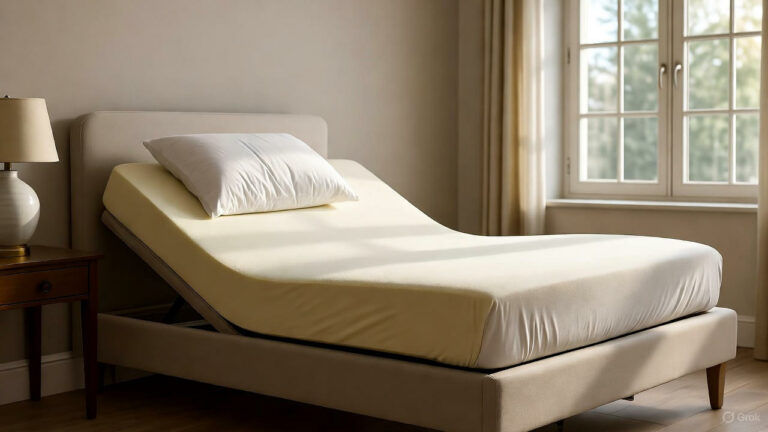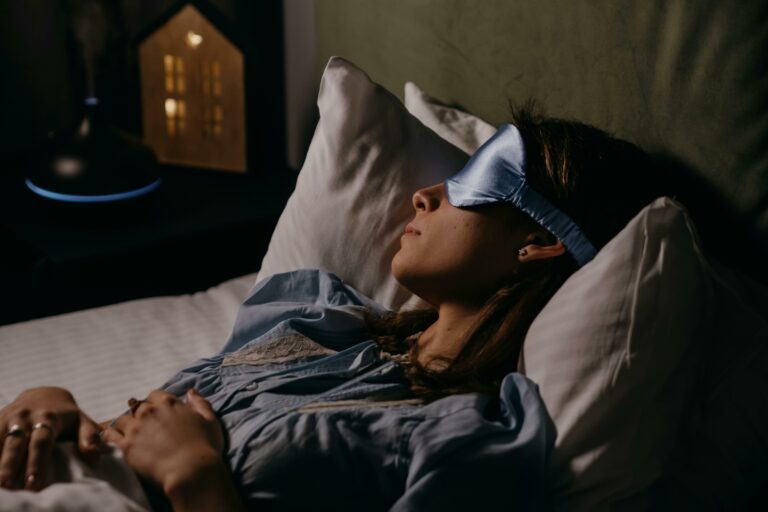
Brand Differences & Why Customization Matters
If you’ve been stuck between Tempur-Pedic, Tempflow, or lesser-known brands like Back Science, you’re not alone. We found a conversation on The Mattress Underground where real shoppers were comparing these mattresses—and the insights were too good not to share. From pressure relief and cooling to actual back support, here’s how these three stack up—and why Back Science is gaining attention for all the right reasons.
Tempur-Pedic vs. Tempflow vs. Back Science
Real User Feedback, Brand Differences & Why Customization Matters
Looking for a mattress that compares to Tempflow or Tempur-Pedic but want something different? See how Back Science stacks up in our research and comparisons of these brands.
We came across a great discussion on The Mattress Underground, where real shoppers compared these three brands—Tempur-Pedic, Tempflow, and Back Science—with detailed feedback that helped clarify the differences. If you’ve been exploring alternatives to Tempur or Tempflow (especially the Luxe Adapt models), this might be the clarity you’ve been looking for.
What Real Users Are Saying
A user named C Ray started the conversation:
“We are looking to buy a new mattress. We want something very comfortable. I weigh 260 lbs and my wife around 160 lbs… We’ve been looking at the Tempflow and Back Science. We lay on a bunch of mattresses—the one we both liked was the Tempurpedic Luxe Adapt Medium. But Tempur was too hard for both of us, so we’re still looking.”
That’s when another user, John (BillyIdol), shared his experience after buying Back Science Series 2:
“I bought BackScience2. It’s great! The feel is very unique, and the back support is amazing… halfway between latex and memory foam.”
“I did try a Tempur Luxe Adapt Firm 2.0 for 20 min on my back. I felt after 8 min that back support was lacking. BS2 was better due to back support. In addition, the comfort layer can be customized.”
“My wife is 110 and she feels that BS2 is soft. Since you are 260, most likely you will like BS2 over BS3. BS2 is luxury firm.”
This kind of back-and-forth is rare… especially when it’s not driven by paid reviews or affiliate links.
Back Science Founder Weighs In
What’s even more rare? The founder of the brand stepping in directly to help. Honestly, when a company founder shows up in a public forum to help people make the right decision—even if they don’t choose his brand—it says a lot.
Dr. Rick Swartzburg, D.C., the designer behind both Tempflow Mattresses and Back Science Mattresses, joined the conversation and broke it down:
“Back Science Series 2 compares most closely to the Tempur-Luxe Adapt Medium in terms of feel, but it sleeps cooler and offers more customization.”
He clarified that Sleep Number i8 and Sleep Number i10 models feel somewhat similar to Back Science 2 and 3, but Sleep Number uses an air bladder system, while Back Science uses zoned coils and real lumbar support:
“Instead of using our over 1,000 individually wrapped coils and Lumbar-Flex zoning technology, Sleep Number uses an air system that functions much like a raft.”
When asked how Back Science differs from Tempur or Tempflow, he explained:
“Tempflow excels at pressure relief and airflow but doesn’t offer the zoned back support we can provide. If your goal is spinal alignment and long-term comfort, Back Science is the ideal choice.”
“We offer a 365-night trial, and during that time, we can customize or even exchange your mattress for another model—no restocking fees, no hassle.”
Pros & Cons Snapshot
Back Science Mattresses
-
Truly customizable (before and after delivery)
-
Zoned spinal support
-
Responsive feel (not too soft, not too stiff)
-
Direct access to the founder for help
-
365-night trial with comfort changes or free brand exchanges
Tempflow Mattresses
-
Good pressure relief
-
Breathable memory foam
-
No zoning or customization post-purchase
Tempur-Pedic Mattresses
-
Classic memory foam contouring
-
High density = less airflow
-
Not adjustable
-
Pricey for what you get
Want the Full Reviews? Start Here:
Back Science 2 vs. Tempflow vs. Tempur-Pedic
Feature |
Back Science Series 2 |
Tempflow |
Tempur-Pedic |
|---|---|---|---|
| Materials | Pocket coils, Quantum edge, gel & hypergel foam, zoned lumbar support | Viscoelastic memory foam, optional hybrid with coils | Viscoelastic memory foam, optional hybrid with coils |
| Support Zones | Yes – customizable lumbar support | No | No |
| Firmness Options | Adjustable pre & post purchase | Fixed per model | Fixed per model |
| Cooling Features | Open-cell foam + airflow design | Airflow Transfer System | Some models have cooling covers |
| Motion Isolation | High | High | High |
| Responsiveness | Medium – more bounce than memory foam | Low – slow sink | Low – traditional memory foam feel |
| Best For | Back pain, spinal alignment, customization | Hot sleepers who like dense foam | Memory foam loyalists |
| Contains Latex? | ❌ No | ❌ No | ❌ No |
ON MOBILE: TAP TABLE AND DRAG LEFT TO SEE FULL CHART
Final Thoughts
If you’re deciding between Tempur-Pedic, Tempflow, or Back Science, your choice comes down to what you value most.
-
If you’re loyal to that slow-sink memory foam hug and don’t mind the price, Tempur-Pedic still does that best.
-
If you love that feel but want more airflow, Tempflow’s open-cell foam and Airflow Transfer System might be worth it.
-
But if you’re ready for a smarter build that puts spinal alignment, adjustability, and real support at the center—Back Science Series 2 might just be your next mattress.
And if you’re on a tighter budget, Back Science Essentials offers the same core support system at a lower price.




